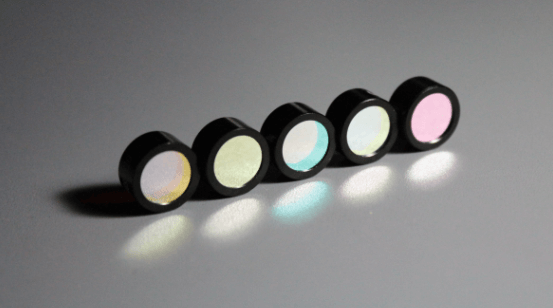
Searching for a quotation on this solution? Add it in your cart and hit "Obtain Quote" in the cart page.
Neutral density (ND) filters have a continuing attenuation across the selection of noticeable wavelengths, and are used to lessen the depth of light by reflecting or absorbing a portion of it. They may be specified from the optical density (OD) in the filter, that is the destructive of your prevalent logarithm on the transmission coefficient. They're useful for building photographic exposures for a longer period.
Based on the dimensions of bandwidth, it may possibly divide in vast band move filter and narrow band move filter. In case the Q-variable is below 10, the filter is called a broad go filter. Given that the title suggests, the bandwidth is large for the huge band move filter.
frequencies will be drastically attenuated, in order that their amplitudes are a lot less as opposed to amplitude of alerts inside the passband.
They were standardized for photographic use by Wratten from the early 20th century, as well as by shade gel companies for theater use.
Where as in the case of significant pass filter this go band begins with the -three dB resonant frequency and ends at the worth of the maximum loop get for active filter. Blend of low go and substantial go responses provides us band move reaction as revealed under:
Triple Band Excitation - Triple excitation band fluorescence filters made available from Nikon include two balanced blocks that have triple bandpass excitation and emission (barrier) filters able to selectively isolating fluorescence emission from 3 fluorophores at the same time. Each and every of your filter sets is designed for ideal efficiency with a selected 3-fluorochrome suite, Despite the fact that They may be Similarly productive with alternate probe mixtures which have very similar absorption and emission spectral profiles.
The bandpass filter is efficiently used in optimizing Sign to Sounds ratio, S/N ratio, and in many cases the sensitivity of your receiver.
Materion’s Significant Optics facility officially arrived on line in mid 2013 and is now completely operational. Massive astronomy instruments, which so far have employed primarily or only extensive bandpass (WBP) filters at the moment are in the position to employ narrow bandpass (NBP) filters. There has constantly been a desire to pick out a really narrow chunk of your spectrum so that you can enhance the science return and for previously devices; this was quickly achieved since the measurement was small.
Dichroic mirrors are made to replicate mild whose wavelength is down below a certain value (i.e. the cutoff wavelength) although permitting all other wavelengths to pass through it unaltered. In a microscope, the dichroic mirror directs the appropriate wavelength assortment towards the sample as well as to your image plane.
It's got two centre frequencies, a person is of large pass filter and the other is of low go filter. The centre frequency with the significant go filter must be lessen as opposed to centre frequency on the very low move filter.
Our considerable experience also makes it possible for us to build tailor made options, so When Narrow Bandpass Filter you have any questions, need advice or would want to produce a strategic partnership, give Newport a phone.
A narrow excitation bandpass offers selective excitation, even though the bandpass emission filter reduces interference from fluorophores emitting inside the purple and near-infrared.
Alternately, dichroic filters (also known as "reflective" or "slim film" or "interference" filters) is usually created by coating a glass substrate having a number of optical coatings. Dichroic filters normally reflect the unwanted part of the light and transmit the rest.